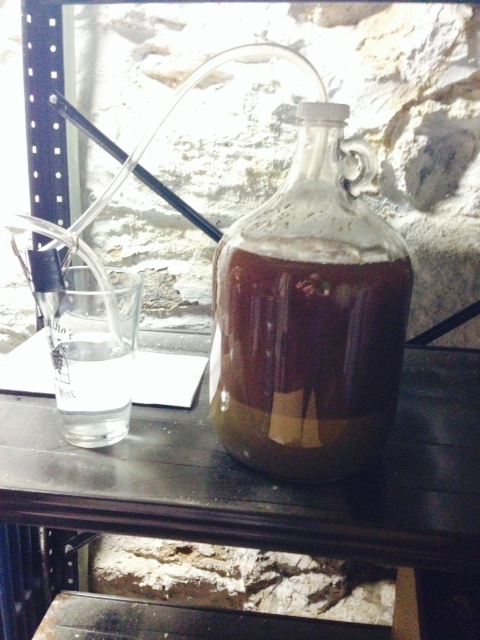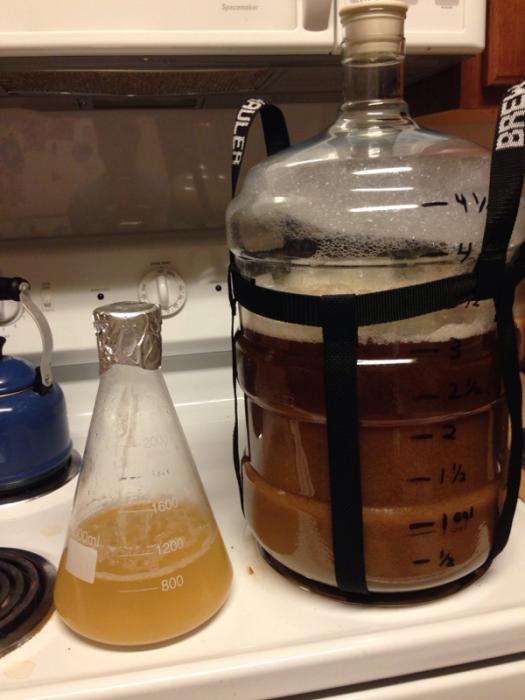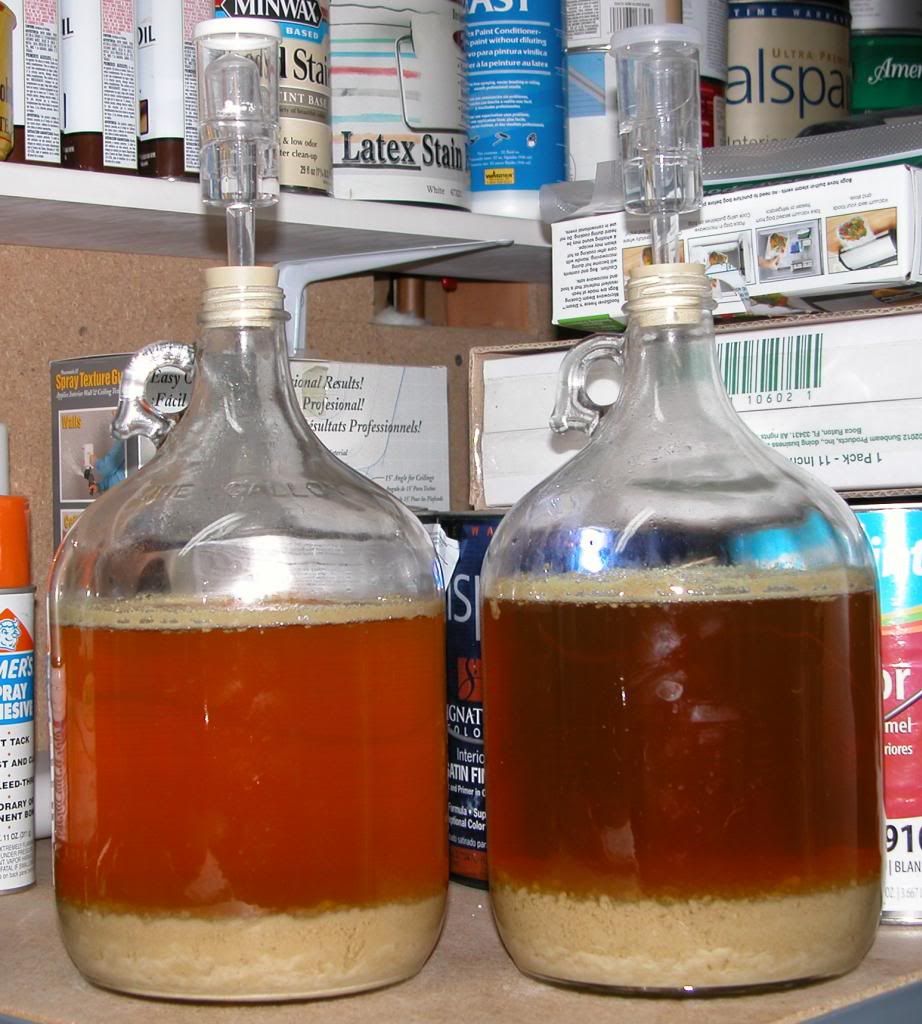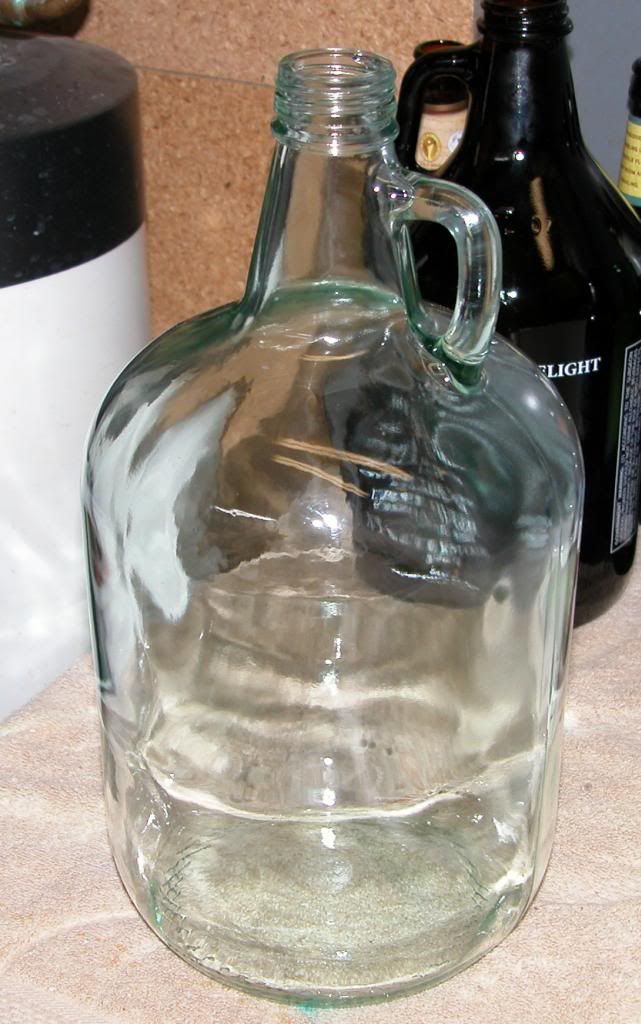After a few weeks of nonstop reading and watching youtube videos I took on my first BIAB. The process was pretty straight forward. It was a mostly smooth ride and very enjoyable. The one gallon batch size made it very manageable for one person. Definitely looking forward to doing it again.
I created a gallery of pictures with some comments. Not sure if I should embed directly into this post or if the link to the imgur gallery is ok? But..here's the link: http://imgur.com/a/NdbSg
The only thing that did not go as planned (aside from breaking my hydrometer sample tube) was the amount of sludge I siphoned over. When I've done 5 gallon brews(extract) I don't remember bringing that much over to the carboy.
I wasn't going to rack this to a secondary because of the batch size..but maybe I should?

What effect could this have on the beer?
I created a gallery of pictures with some comments. Not sure if I should embed directly into this post or if the link to the imgur gallery is ok? But..here's the link: http://imgur.com/a/NdbSg
The only thing that did not go as planned (aside from breaking my hydrometer sample tube) was the amount of sludge I siphoned over. When I've done 5 gallon brews(extract) I don't remember bringing that much over to the carboy.
I wasn't going to rack this to a secondary because of the batch size..but maybe I should?

What effect could this have on the beer?






